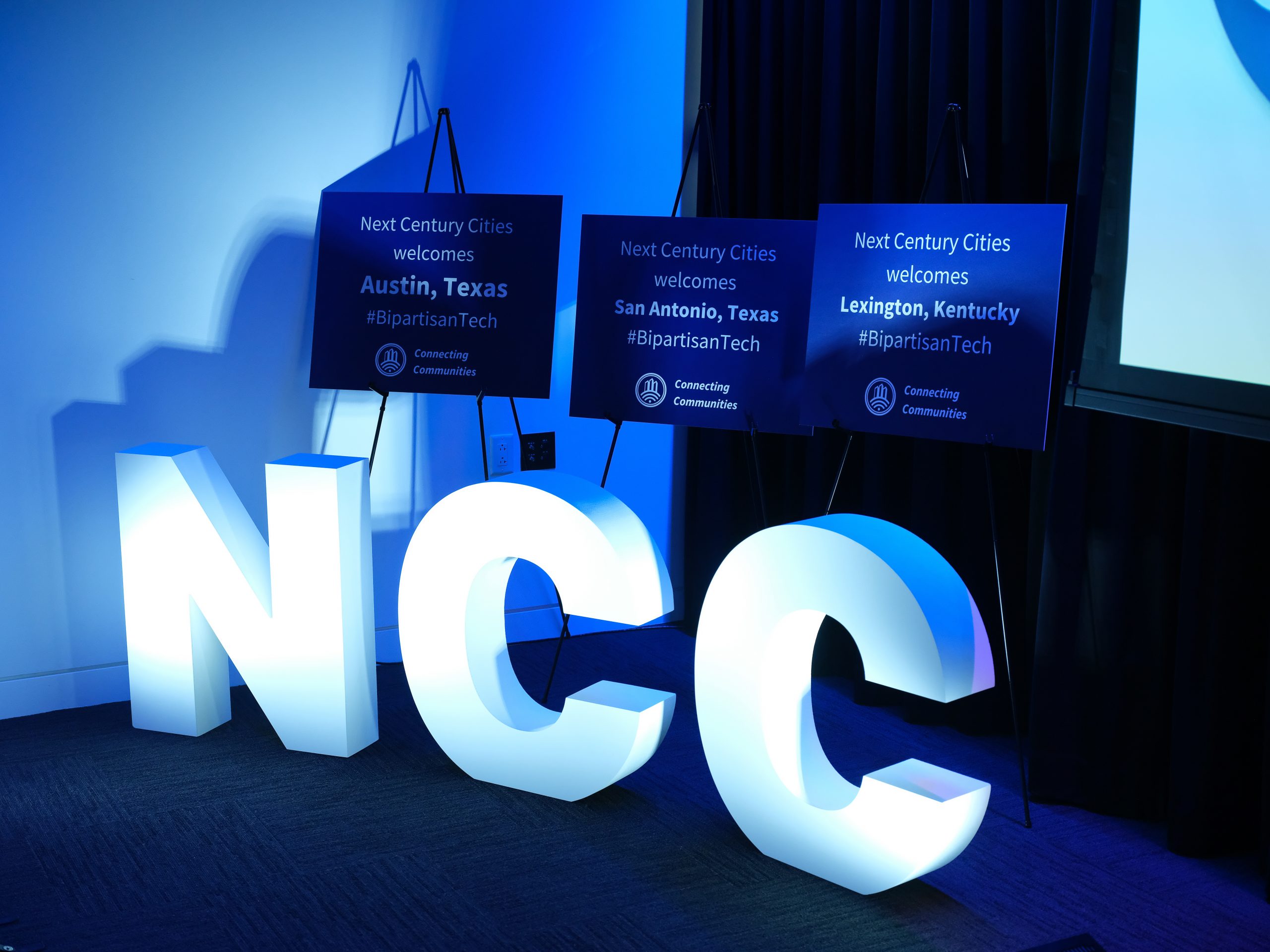By Ryan Johnston and Brian Donoghue

In a recent blog post, the National Telecommunications and Information Administration (“NTIA”) confirmed the target date for the BEAD Program funding allocation would remain June 30, 2023. The agency’s decision does not mean the importance of submitting mapping data ended on January 13th.
To shed more light on where the BEAD and mapping processes are, Senior Policy Counsel Ryan Johnston hosted a fireside chat with Senior Advisor for the Office of the Assistant Secretary at NTIA, Sarah Morris.
The conversation started with an overview that the BEAD program is now in the implementation phase. NTIA is preparing to receive plans from across the nation detailing how each state intends to spend its portion of the 42.5 billion dollar fund. When asked about the significance of the January 13th deadline that passed last month, Morris noted that this date was chosen in consultation with the FCC to ensure that challenges could be resolved before the NTIA made its allocation. Morris noted January 13th is not a hard deadline but more so a demarcation on the calendar. She urged communities and community members to continue to file challenges.
It is critically important for local officials to continue participating in the Federal Communications Commission’s (“FCC”) Challenge Process. Local feedback remains the only way to ensure that federal mapping is accurate. By participating in the Challenge Process, local officials can provide the FCC with more accurate data on broadband availability in their area. Doing so ultimately helps ensure that funding for broadband expansion is directed to areas that need it the most. Additionally, there may be some flexibility on some challenges. Community-submitted data can still be added to the next iteration of the FCC’s location fabric and utilized by both federal and state agencies to understand the broadband landscape better.
Community-collected data is not just useful for the federal maps but can also help inform their state’s broadband challenge process. After the NTIA makes its initial BEAD funding allocation, the responsibility shifts to the states to create and administer a subgrant process that designates funds for individual broadband deployment and related projects. As Morris noted:
We’ve created a lot more flexibility for states to contextualize the availability findings in the FCC map with additional data, so local community leaders, local and community and state and city leaders can be an important resource in helping the state navigate how to structure those programs and help provide that contextual data
The Conversation concluded with an emphasis from Morris that the NTIA is a resource and local leaders should not hesitate to reach out to their state FPO if there are any questions.
For communities interested in participating in the mapping challenge process, the FCC has released best practices for the submission of bulk challenges. Local officials who have questions about the mapping or BEAD process should reach out to Senior Policy Counsel Ryan Johnston at ryan@nextcenturycities.org or Deputy Director Brian Donoghue at brian@nextcenturycities.org.
You can watch the full fireside chat here, or read the transcript here.

